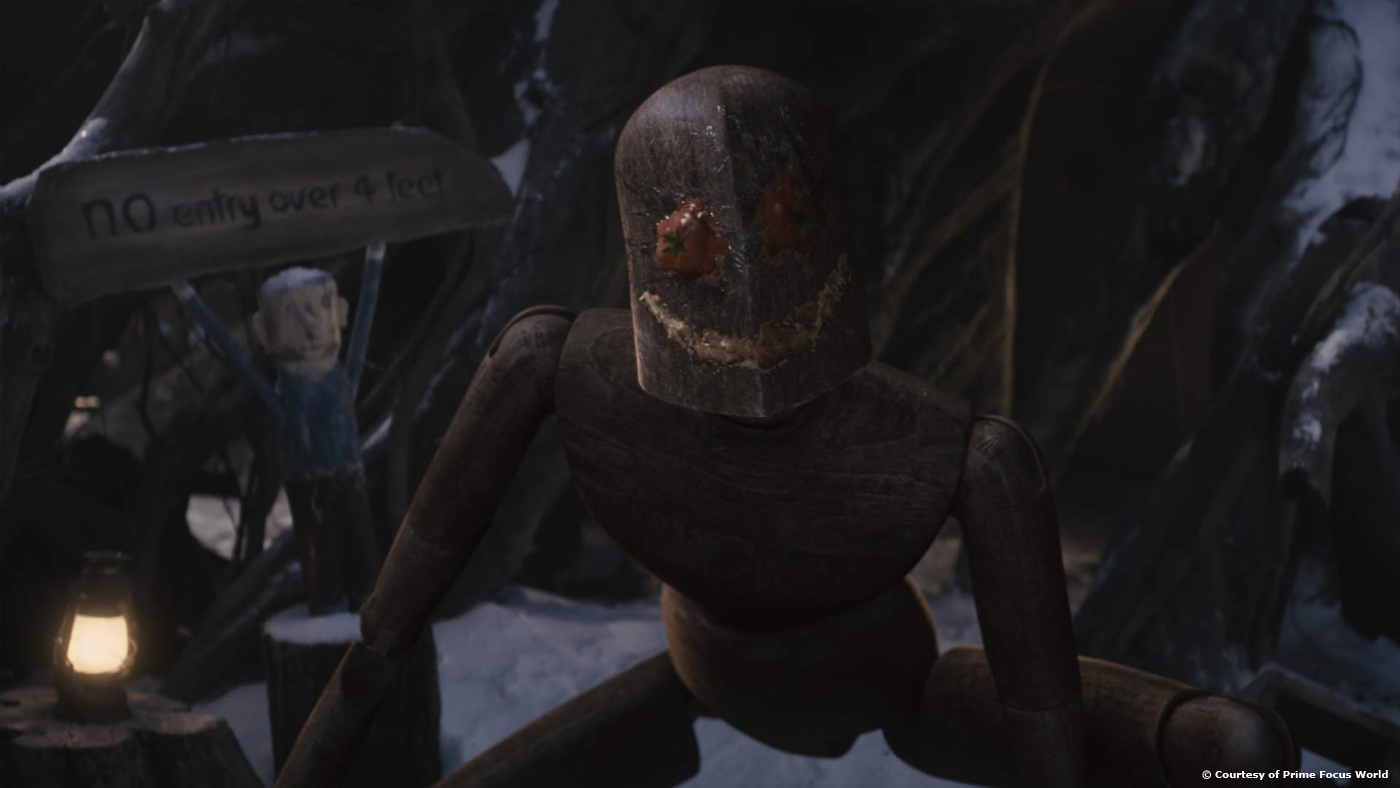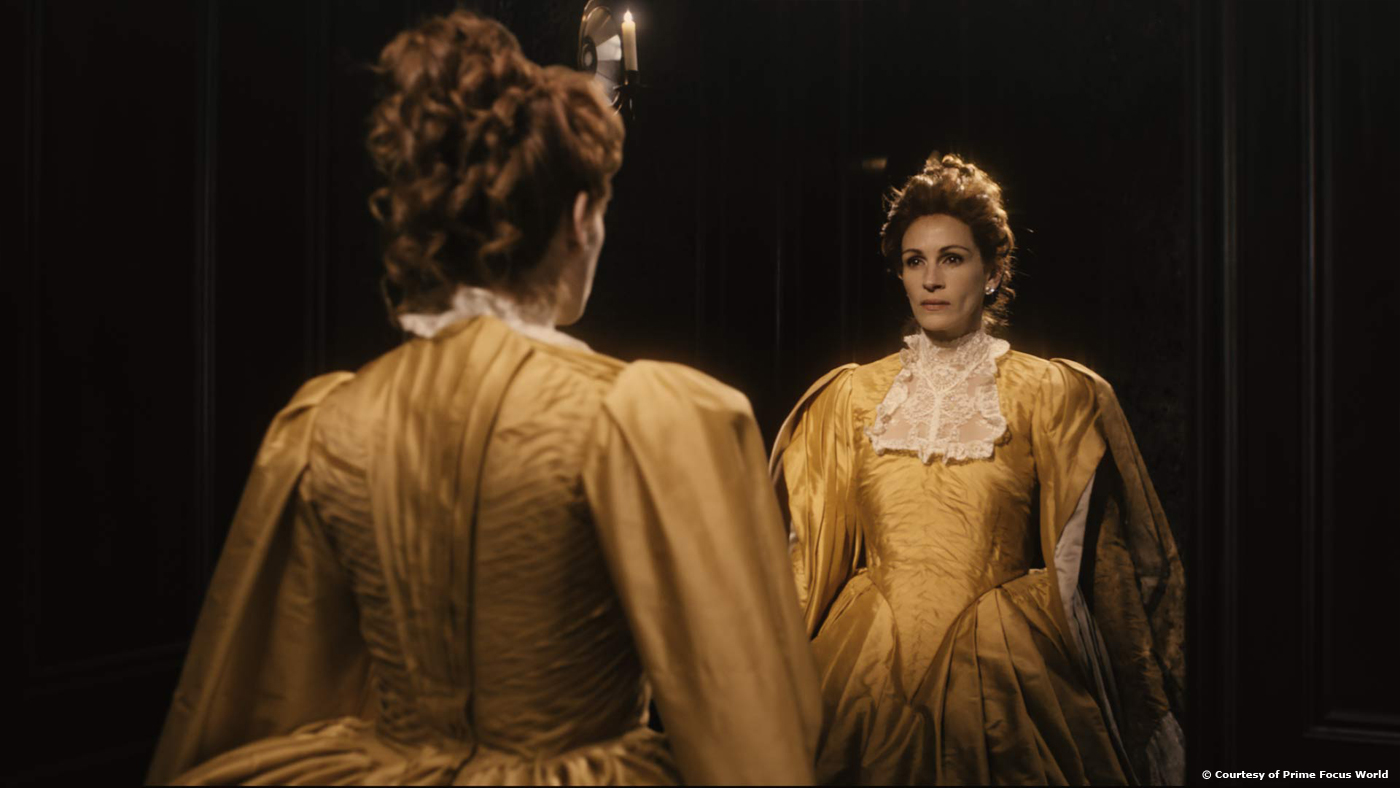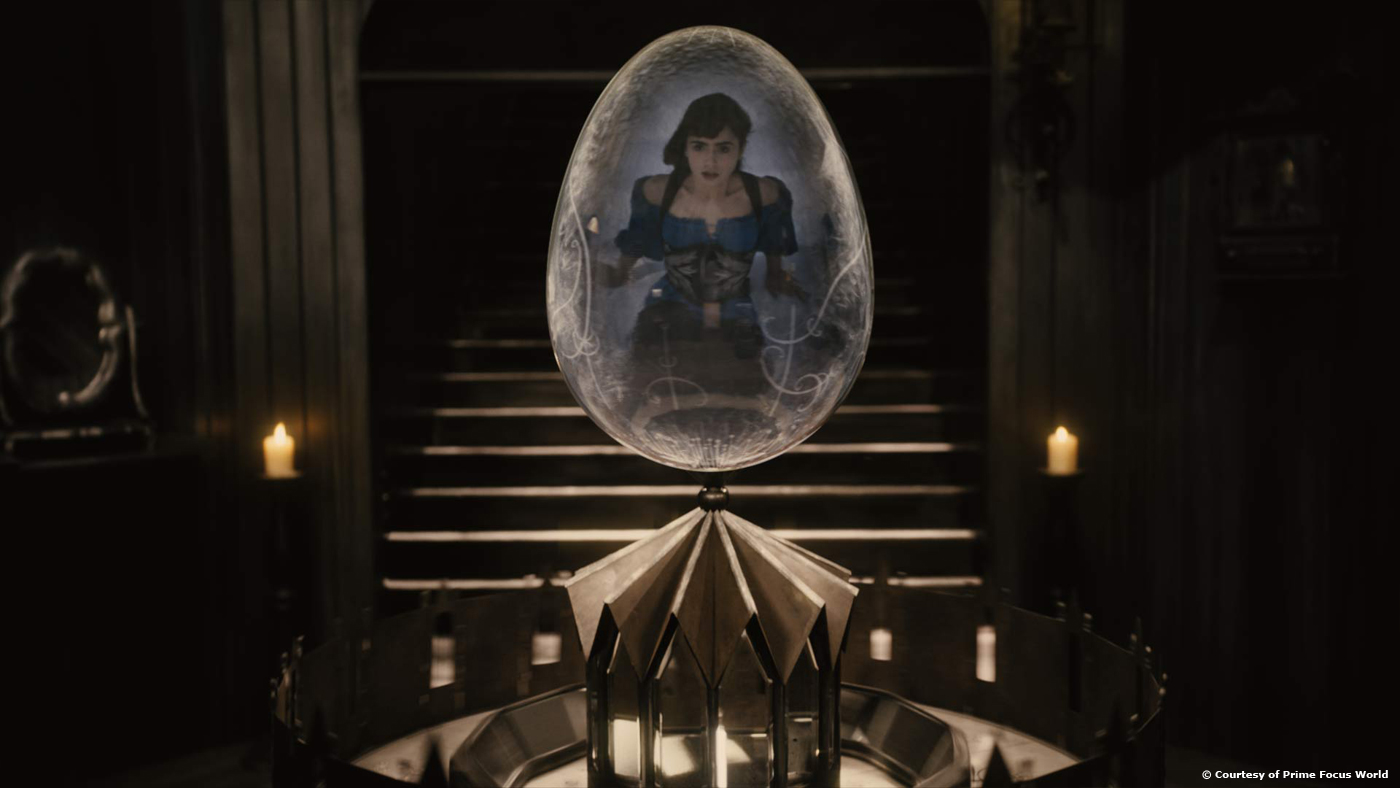Stuart Lashley began his career 10 years ago at MPC and works on projects such as TROY, SUNSHINE or WATCHMEN. In 2010, he joined Prime Focus teams.
What is your background?
I studied computer animation and visual effects at Bournemouth University. I started in the industry around 10 years ago as a compositor at MPC. I’ve been involved with Prime Focus in London since it came about in early 2010.
How did Prime Focus got involved on this show?
We were very keen to get involved with MIRROR MIRROR (then called UNTITLED SNOW WHITE). Prime Focus has a good relationship with the director and the production company, having just worked together on IMMORTALS, and the character animation work seemed ideal for our newly formed but highly experienced animation team to sink their teeth into. We approached the bid fairly aggressively with a great deal for concept and animation test pieces presented up front. Our animation tests went down extremely well and along with landing us the work on the mannequin sequence, helped influence how the eventual action in that sequence played out.
How was the collaboration with director Tarsem Singh and Production VFX Supervisor Tow Wood?
It was a fascinating and enjoyable experience. I’d worked with Tom in the past and it was useful to have that familiarity there at the outset. Tarsem works with an impressive fluidity on set and although there’s no doubt that he knows exactly the image he wants to create he was refreshingly sympathetic to the needs of visual effects and whenever possible gave us plates that would make our job as painless as possible. Naturally it was exciting for us to be working with a director who has such an incredible visual style to his films.
What have you done on this movie?
We created two 8 foot tall wooden mannequins that come to life and attack the seven dwarfs in their woodland home. We also worked on the Queens ‘cottage on a lake’ environment as well as the magic mirror transitions and a magical zoetrope.
Can you tell us more about the design and the creation of the Wooden Mannequins?
As usual the design started with collecting lots of reference. We had a few parameters to keep in mind whilst thinking about the design. Firstly they had to be similar enough to the real puppets that the Queen uses to control them. Their proportions had to work from an animation perspective and allow the full range of articulation required for the action. There were design elements favoured by production that needed to be worked to and of course the overall aesthetic had to both fit in with the MIRROR MIRROR world and look menacing enough without being too scary for younger viewers. We ended up designing a range of mannequin possibilities and went through a bit of a mix and match process with Tom before settling on the final design.
Building the final mannequin was fairly straight-forward as far as models go. Texturing was slightly more involved. During the sequence the camera gets extremely close to the mannequins so it was essential that the look of the wood held up. The texturing was done in stages allowing distant and mid shots to push through first while textures were up-res’d for the close and extreme close-ups.
How did you manage the on-set interaction for the Mannequins?
All the larger interactions like the smashing beds were done using a live action stand-in. The stand-in was then painted out and replaced with our mannequins. As a bonus this also gave us smaller more subtle interactions like the odd shadow or occlusion or even a reflection we could utilize to help the integration. Smaller iterations like the snow being kicked up were done in CG.
How did you rig them?
The rig setup was pretty basic with it being a rigid bodied character. In addition however the mannequins were setup in such a way that rigid body dynamics could be used for moments when they needed to fall limp and easily blended with keyframe animation.
Can you tell us more about the animation challenge with those Mannequins?
The main challenge was really in finding a good balance between involuntary puppet action and self-driven intent. They had to look like they were being controlled to a certain extent but you had to feel like these things were really alive and wanting to kill the dwarfs. The balance tilted in favour of more self-motivated action with hints of puppet like limpness.
The Queen has an impressive cottage on a lake. Can you tell us more about its creation?
This was an interesting if unusual design brief although perfectly in keeping with Tarsem’s style. The idea was that there’s this ‘mirror world’ that the queen gets transported to through the magical mirror. This world would consist of nothing but a wooden cottage in the middle of a very calm mirror-like lake. The elements of this world would be very simple in form but have an unnatural quality to them. The cottage itself had to be unusual in its shape but when viewed from certain angle would resolve to form the wings of an eagle totem pole.
We designed a few variations always starting with the wing shape and altering the model along the cameras perspective to preserve the illusion. Some of the designs were pretty wild but production designer Tom Foden eventually settled on a much simpler dual cottage shape. The modelling started with basic guide geometry onto which the individual wooden slats could be procedurally generated. This allowed us to easily make tweaks to the underlying shape without repositioning individual slats. Once we were happy with the slat layout our model and texture artists could then work up levels of variation and detail.
How did you create the lake and the skies?
The lake was a combination of shader-based displacement for the calm ripples and fluid fx for the interaction with the queen. Tom Wood asked us to look at examples of very long exposure photography and in particular the smoothing effect it has on rippling water. This was applied to the lake renders to give the shots that slightly ethereal look.
Similarly the skies had to have that real but not quite real feel to them. For this our matte painter referenced photos of real lenticular cloud forms that naturally have a very fairytale look.
At a moment the Queen goes through the Mirror and emerge from the lake in one continuous shot. How did you create this impressive shot?
The shot started out with a blocking process in order to figure out the camera. In this case the plates had already been shot by the time we started work so that very much dictated what the blended camera had to be. Once the position and timing of the plates was locked and the camera and of course the position of the lake surface worked between them, we could then start working in the CG shot elements and the water FX. In order to drive the water interaction we needed a pretty tight body track the queen all the way down to the deforming pleats of her dress.
Can you tell us in detail the destruction process for the cottage?
As soon as we had a version of the cottage with basic layout of slats we started work on the process of destroying it. We ran a number of early tests using physics based dynamics simulation. Our goal was to have this cottage go from fully standing to a pile of rubble and to do so in a way that was aesthetically interesting. Our effects TD came up with a system whereby an underlying skeleton would be used to control which slats gave way and when which allowed for great control over the shapes that were formed throughout the destruction. What we learnt from the FX tests fed back in to the modelling process where further tweaks had to be made.
While this was happening the shot was being blocked to work out event timings and camera movement. We passed these early versions which contained very rough representations of the destruction events to editorial who would return timing tweaks. Once the timing was more or less locked it was just a process of swapping in FX and environment iterations as they were developed.
The Queen had a beautiful zoetrope. Can you tell us more about it?
The Queen uses this zoetrope as kind of a magic crystal ball. Our job was to create the glass egg that sits on top of the zoetrope and the effect that happens within it. For the opening sequence we worked with post house One of Us who gave us the dying rose animation we see inside the egg and of course produced the beautifully animated sequence we are then led into. For that shot we had to build a full CG zoetrope because of how close we needed to get to it. For all other shots the zoetrope is real and the egg is CG.
What was the biggest challenge on this project and how did you achieve it?
Probably the limited amount of time and the huge amount of animation required, not only on finished shots but through an extensive postvis, blocking and editing phase. It was a pretty tight schedule with editorial changes happening right up to the end. We tried to have our teams work in parallel as much as possible.
Was there a shot or a sequence that prevented you from sleep?
Not really but I probably had one or two mannequin attack nightmares.
How did you manage the work between the different branches of Prime Focus?
The majority of work happened in London with some FX help from the guys in Vancouver. Management of this was fairly straightforward.
What do you keep from this experience?
Really pleased to have worked on a Tarsem film.
How long have you worked on this film?
4 months.
How many shots have you done?
98.
?What was the size of your team?
50.
What are the four movies that gave you the passion for cinema?
ALIENS, TERMINATOR, TERMINATOR 2 and JURASSIC PARK.
A big thanks for your time.
// WANT TO KNOW MORE?
– Prime Focus: Dedicated page about MIRROR MIRROR on Prime Focus website.
© Vincent Frei – The Art of VFX – 2012






















